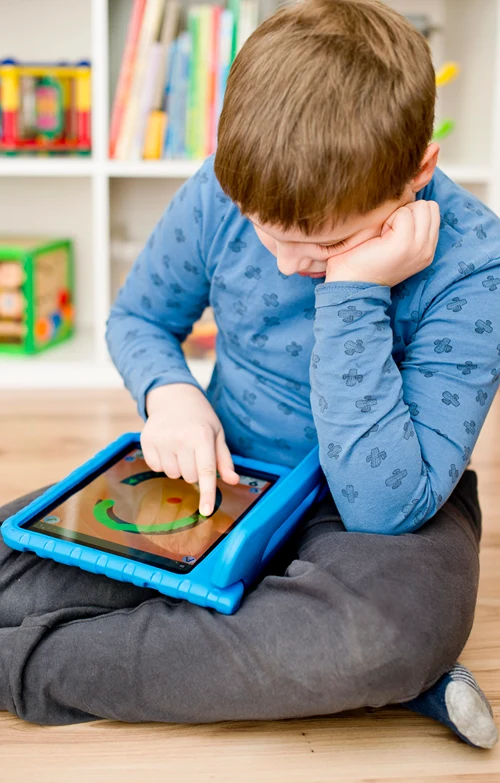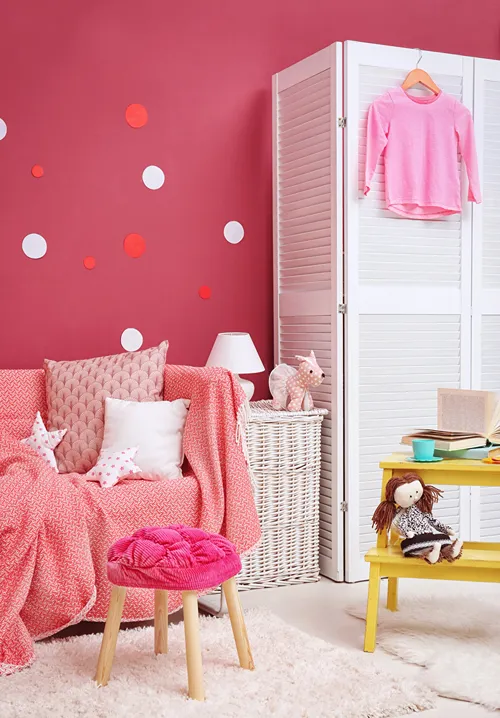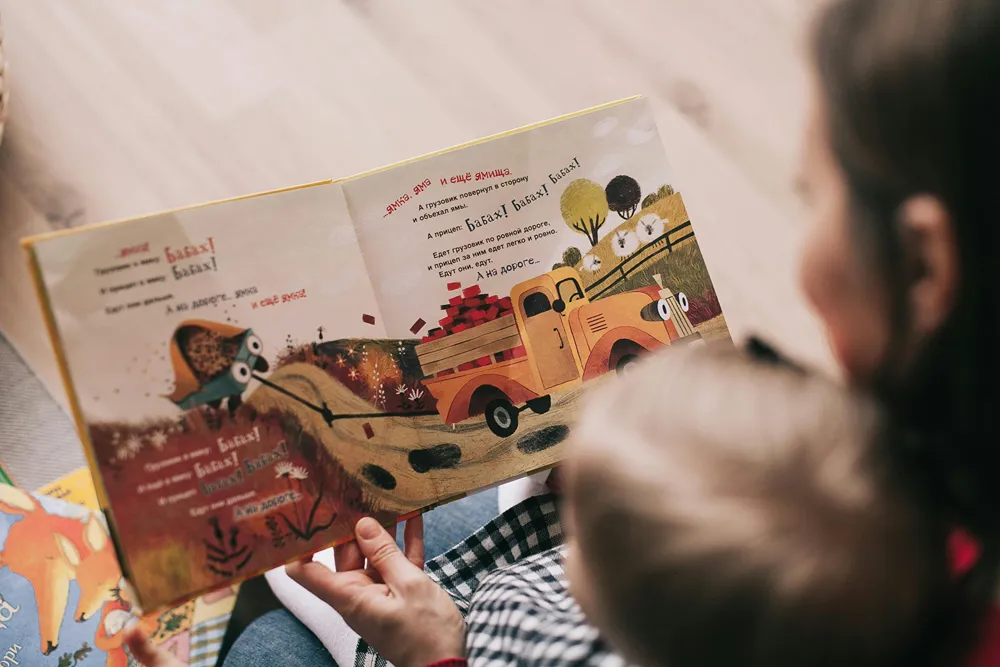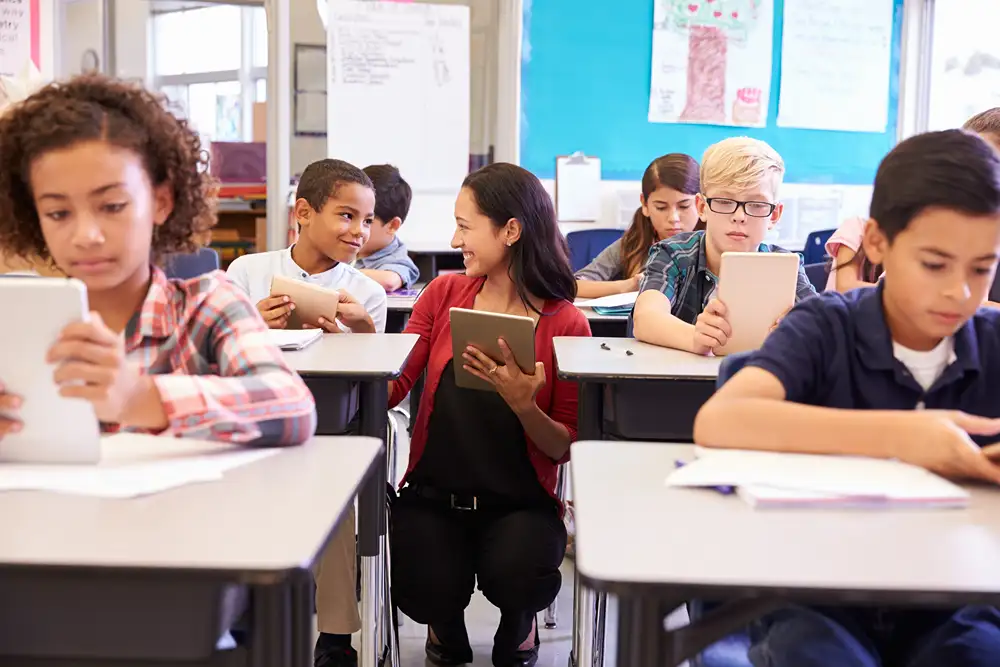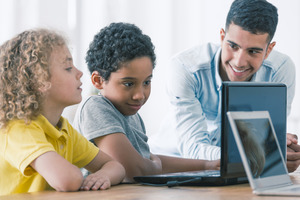Why Digital Boundaries Matter for Children with Autism
Technology can offer new ways for children with autism to communicate, learn, and engage with the world. Tools like apps, videos, and interactive games can all support language development and emotional regulation. But as helpful as technology can be, excessive screen time — or unrestricted access to digital content — can create challenges.
Setting digital boundaries is key for helping children with autism develop healthy screen habits. By creating clear guidelines based on a child’s age and individual needs, you can encourage balance and maximize the benefits of technology.
Digital Boundaries Based on Age: General Guidelines
Screen time recommendations can change based on age. However, for preschool-aged children especially, the focus should be on high-quality, interactive content and moderation.
Here’s a general guide on screen time for children:
- Preschool (2 to 6 Years Old): The American Academy of Child and Adolescent Psychiatry recommends limiting screen time to one hour of high-quality programming per day, co-viewed with a caregiver when possible. At this age (and all ages), technology shouldn’t replace social interactions, play, and hands-on experiences.
- Elementary Age (6 to 12 Years Old): Children benefit from structured screen time with clear expectations around device use. Digital interactions should be balanced with offline activities like outdoor play, reading, and socializing.
- Teens (13+ Years Old): Older children will likely request more independence but still benefit from healthy screen limits. Discussions about responsible internet use, online safety, and digital well-being are important at this age.
For children with autism, tailoring guidelines to each child’s needs is key. Some may thrive with structured digital tools that support communication and learning, while others may struggle with disengaging from screens. The goal is to create boundaries that encourage positive engagement without overstimulation.
What Are the Benefits of Technology for Children with Autism?
When used thoughtfully, technology can be an incredible resource for children with autism. Some key benefits include the following:
- Communication Support: For non-verbal children or those with speech delays, augmentative and alternative communication (AAC) apps can help children communicate their needs and feelings more effectively.
- Visual Learning: For visual learners, educational apps and video modeling techniques help reinforce social skills, routines, and problem-solving strategies.
- Predictability and Structure: Digital tools, such as visual schedules and timers, can help children navigate daily routines. These resources provide consistency, reducing anxiety around transitions and unexpected changes.
- Fine Motor Skill Development: Some apps and touchscreen activities support the development of fine motor skills, which can be helpful for children who struggle with handwriting or other manual tasks.
What Does Screen Time Overuse Look Like?
While technology can be a valuable tool, excessive screen time can lead to challenges, especially for children with autism. One of the most noticeable signs of technology overuse is difficulty disengaging from screens. A child may become frustrated or even experience distress when a device is taken away, showing signs of withdrawal similar to a strong emotional attachment.
Sleep disturbances are another red flag. Too much screen time — especially before bed — can interfere with melatonin production, making it harder for children to fall and stay asleep. Poor sleep can then lead to increased irritability, difficulty concentrating, and challenges in daily activities.
Additionally, when screen time dominates a child’s routine, it may limit essential developmental experiences. Social interactions, play, and language development can all be impacted by excessive screen time.
How To Manage Screen Time: Setting Boundaries
One of the best ways to establish healthy screen habits is to create clear boundaries. You can introduce screen time rules based on your child’s age, needs, and daily schedule. For preschool-aged children, structured time limits and interactive co-viewing — where an adult engages with the child during screen time — can reinforce learning while maintaining connection.
Creating “tech-free” zones in the home, such as keeping screens out of bedrooms or limiting device use at the dinner table, can also help balance screen time with other activities. Establishing predictable screen-free periods, such as before bedtime or during family interactions, allows children to develop routines that don’t rely on technology.
For older children, setting up screen time “contracts” or using visual schedules can be helpful. Modeling and teaching self-regulation — such as setting a timer for device use or taking breaks between screen activities — helps children develop healthy digital habits as they grow.
Monitoring Internet Use and History: Tips
As children become more independent with technology, ensuring their safety online is just as important as managing screen time. Many parents assume platforms like YouTube Kids provide a completely safe browsing experience, but inappropriate content can still slip through filters.
Autoplay features can also expose children to videos that may not be developmentally appropriate.
Content Controls/Restrictions
Parental controls and content restrictions can provide an added layer of protection. Most devices and streaming platforms offer built-in safety settings, allowing parents to set screen time limits, block certain websites, or filter content.
However, technology isn’t foolproof. Regularly checking browsing history and discussing online safety with children can help them responsibly navigate the internet.
Healthy Dialogue Around Digital Habits
Beyond technical safeguards, open conversations about digital habits in the home can help you stay involved while fostering trust. Rather than relying solely on restrictions, engaging with your child on what they’re watching or playing can help guide children toward safe, age-appropriate content and help strengthen a healthy relationship with technology.
Final Thoughts
Technology plays a significant role in the lives of children today, offering tools that can support communication, learning, and social development. However, without clear digital boundaries, excessive screen time can interfere with sleep and real-world interactions.
By setting age-appropriate limits, encouraging balanced screen use, and actively monitoring online activity, you can create a healthy digital environment that supports your child’s growth.
Brad Zelinger is the founder and CEO of Stride Autism Centers.

